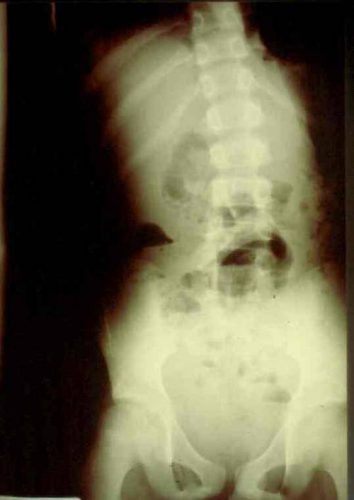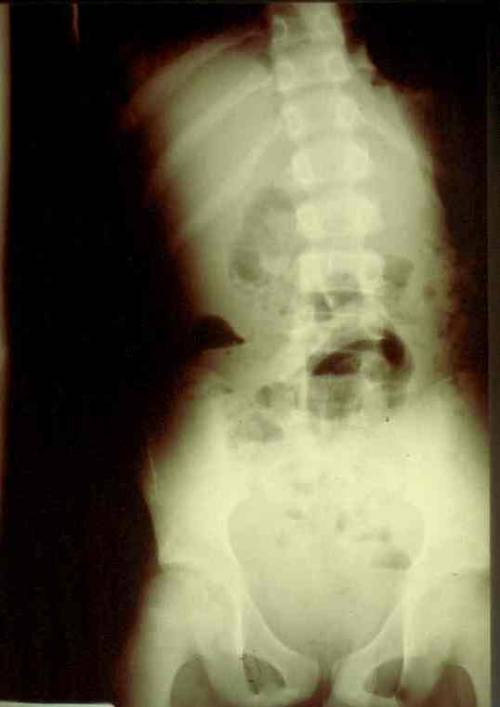In my last post, I described the plight of a young man who had sustained a stab to the abdomen. It appeared that a very tiny bit of omentum was hanging out of the wound. What to do?
I listed three options:
- Local wound exploration
- CT scan of the abdomen
- Proceed to the operating room
So let’s work through these. First, local wound exploration (LWE).
LWE is a diagnostic procedure to determine if a sharp wound has actually or potentially penetrated a vital area. It is usually performed in the neck to determine if the platysma has been violated, or in the abdomen top check for peritoneal violation. In this case, you would use it if you just couldn’t believe that the bit of odd fat was actually omentum, or if you were unsure what you were looking at. You could also grab it (gently) and give it a little tug. If more comes out, you’ve made your diagnosis. Fortunately, this is rarely necessary because omentum has a very distinctive appearance. You know it when you see it.
What about probing the wound? One of my mentors, John Weigelt, used to ask, “Michael, does your finger / q-tip / instrument have an eyeball on the end of it?” His point was that probing is like so many other medical tests: diagnostic if positive, but unsettling if it’s not. What happens if the wound does penetrate, but you can’t find the path that the knife/bullet took? You can only call that indeterminate. I suppose you could take an approach that includes probing first, then proceeding to full LWE if that is negative.
I’ll describe the proper technique for local wound exploration in a later post.
And what about CT scan? This is another unsatisfying test, because it is very likely to be negative with small wounds. The fascial defect in this case will be very small, and can easily be missed on the scan. Not recommended.
Given all this discussion, my vote is to proceed to the operating room. I know this is omentum, and I know that there is a good likelihood that there will be an injury that needs repair. So let’s go get it done. But what procedure should I do, and how should I do it? That’s the subject for my next post.
As always, please leave comments below or tweet them out!



